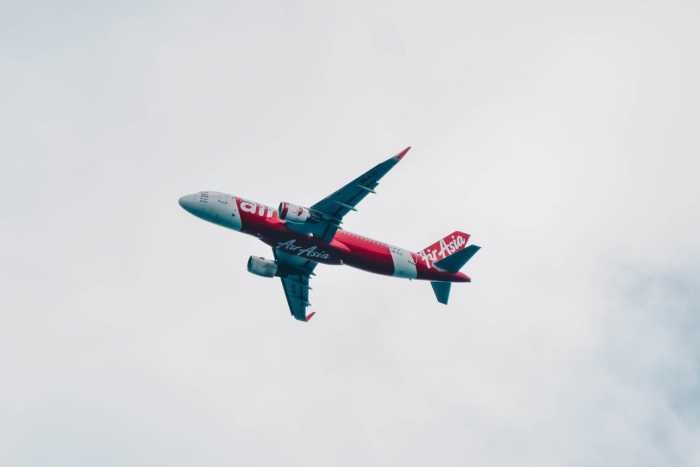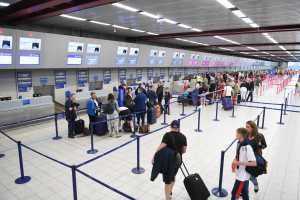
THAI will Swing to a Profit for 2016, Says Airline’s CFO
15th Nov 2016

Thai Airways International (THAI) failed to cut its expenses by 10 per cent for this year as planned, but the national carrier will still swing to a profit for the year, said THAI Chief Executive Officer Narongchai Wongthanavimok in an interview on Monday.
This will be the first annual profit for the company after three back-to-back years of losses. The carrier managed to do so by lowering its biggest expense – jet fuel (a significant drop in LCOc1 fuel prices contributed there) as well as cutting some less profitable routes.
However, according to Mr Narongchai, THAI missed target as “cost reduction plans have not been fully implemented”.
THAI CFO said the airline’s total operating cost went down 7.9 per cent in between January and September this year. The carrier posted its third quarter results for 2016, revealing that its losses decreased when compared with the same period in the year prior.
THAI to Increase Fleet to 99 Planes by the End of 2017
Narongchai also said that the company will increase its fleet to 99 aircraft by the end of 2017 from the current 94. The operator plans to take delivery of seven new planes in 2017. This includes five jets under a lease contract and two Airbus A350-900s. The airline will also retire two of its older planes.
Additionally, THAI plans to increase frequency on several routes it is flying right now between October and December. This includes profitable routes to South Asia and major European cities. There are no plans for new routes at the moment, said THAI CFO.
Narongchai also added that, in order to maximize its profit in the long run, THAI will have to improve passenger yields. This will particularly need to happen in the price competitive domestic market. One way to do so is certainly to boost online sales, something that THAI has been missing on so far. THAI’s online sales amount to only about 13-14 per cent of its total sales.
In comparison, the number is 50 per cent or more for budget airlines and 30 per cent for Singapore Airlines.
At the moment, THAI is working on a 10-year long business plan.





